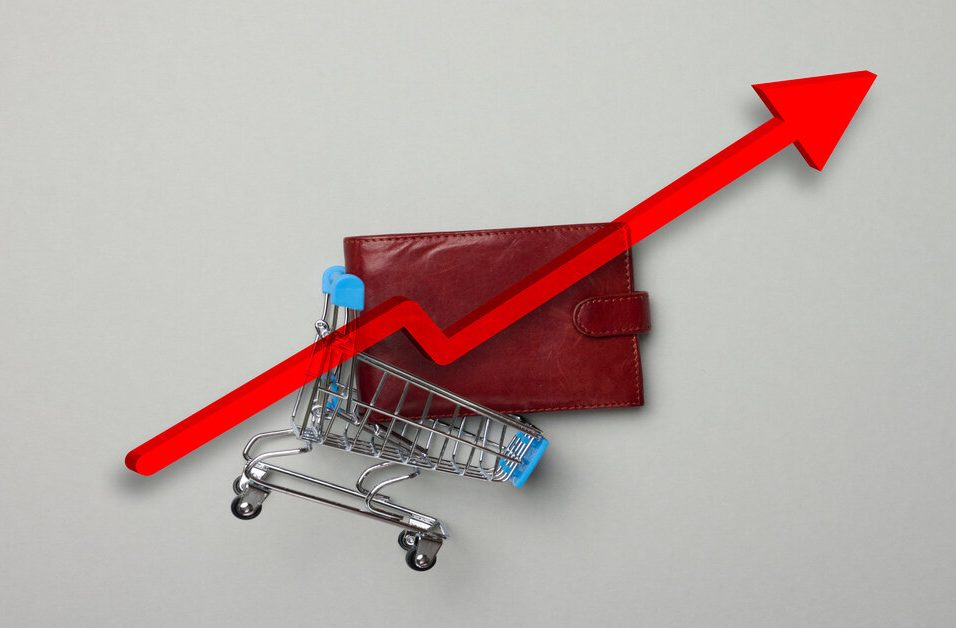Unlock 5 Thrilling Online Shopping Trends Shaping 2025’s Future
In a rapidly evolving retail landscape, online shopping has become the cornerstone of modern consumer life. Over the past few years, advancements in technology, shifting habits, and global events like the COVID-19 pandemic have revolutionized how we buy. Looking ahead, five pivotal trends in online shopping will shape the next five years, empowering businesses to thrive in a digital-first world by prioritizing personalization, sustainability, and innovative integrations.
The Rise of Personalization
The growing demand for personalized shopping experiences is also one of the most important trends in online shopping. Consumers have come to demand that brands should know what they want and provide them with specific advice that meets their unique requirements. The change is greatly enabled by data analytics and artificial intelligence (AI) that helps retailers to create insights on customer behavior and preferences.
Personalization will not only be about personalized recommendations related to the products, in the next few years, it will include personalized marketing messages, customized promotions, and personalized shopping experiences. Brands that utilize the customer information to develop distinctive interactions will grow stronger relationships and loyalty which will eventually generate sales.
Critical Areas of Personalization
- Improved Product Recommendations: Providing recommendations, grounded on browsing history and previous purchases.
- Personalized Marketing Campaigns: Sending customized promotions based on the preferences of the individual customers.
- Personalized Shopping Experiences: Adjusting web interfaces and content based on consumer behaviour and demographics.
Ethical Shopping and Sustainability
Sustainability is a concerned issue that is becoming paramount among purchase choices as consumers are becoming increasingly environmentally aware. Customers are turning to more brands that focus on countries that are ethical, sustainable, and environmentally friendly. It is likely that this trend will continue to rise in the coming five years as the consciousness about climate change and other environmental problems will not lessen.
The brands that will have a competitive advantage will probably be those that practice sustainability. Online retailers which have strived to communicate their dedication to sustainability will appeal to the shopping habits of consumers who value ethical shopping.
Significant Aspects of Sustainability
- Eco-Friendly Products: Sold products are based on sustainable materials and ethically obtained ingredients.
- Transparent Supply Chains: It has been reported as the supply chain that provides clear information on the sourcing and manufacturing operations.
- Waste Minimization Programs: Adoption of correct waste minimization programs including recyclable packaging and good inventory control.
Social Commerce Integration
Social media is quickly turning into a shopping platform which is called social commerce. Instagram, Facebook, Tik Tok, and similar platforms are becoming more experiential about their shopping capabilities, which is why brands can now display their products in their feeds. With this move, consumers can find and buy products in an easy and smooth manner as they interact with their preferred brands and influencers.
Social commerce is projected to expand within the next five years, and additional brands will exploit such platforms to make sales. Social proof (user-generated content and influencer endorsements) will also be incorporated into the shopping process and will contribute to making it more interactive and community-oriented.
More Mobile Shopping Experiences
Mobile shopping is on the rise with the growing dependency on smart phones. Customers like the convenience associated with shopping through their mobile gadgets and retail companies need to make their sites and applications mobile responsive. We can look forward to more mobile shopping technologies in the next few years such as augmented reality (AR) and virtual reality (VR) experiences.
AR application enables the customer to see products in their respective locations and make a purchase, thereby increasing their trust in buying decisions. With the current development of mobile technology, companies that invest in designing smooth and convenient mobile shopping platforms will capture a bigger market.
The Growth of Subscription Services
Consumers are becoming more and more attracted to subscription-based models as they are convenient and valued. Subscription can be applied to both meal kits and beauty, where customers can be sent products in curated selections and not go shopping every few weeks. The trend is projected to continue over the next five years, and more brands consider adopting a subscription model to increase customer loyalty and to obtain recurring revenue.
Companies having the opportunity to provide personalized subscription plans and make the customers customize their choices according to their preference will be most likely to engage and be satisfied. Subscription services will become a key to online shopping as consumers wish to avoid complexity and difficulty in the process.
Artificial Intelligence and Chatbots
The way consumers deal with online retailers is changing due to artificial intelligence. Chatbots and virtual assistants are becoming the norm that supports and assists the shopper with instant help. These artificial intelligence applications are able to respond to queries, give product suggestions and make purchases, making the shopping experience more effective.
Within five years, AI will continue getting even more advanced, allowing hyper-personalized communication and predictive analytics. Those retailers that can successfully deploy AI technologies will improve customer services and stream operations and eventually convert more customers and make them happy.
Omnichannel Retail Strategies
Omnichannel retail strategies are hard to overestimate as consumers become more and more concerned with a seamless shopping experience provided by different channels. In addition to online marketing, businesses are required to integrate their online and offline channels to enable them to deliver a unified experience. This implies making sure that customers have no difficulty in switching between online shopping and shopping in the stores or the other way around.
Retailers will put their efforts in the coming years on developing one integrated brand experience using technologies like mobile applications, reward programs, and customer data to enrich the shopping experience. Those retailers who manage to adopt the omnichannel strategies successfully will be in a better position to address the changing demands of consumers.
Conclusion
Online shopping is a developing trend, and it is changing fast due to technology and the shift in consumer habits, as well as an increased focus on sustainability. When we consider the future of eCommerce in the next five years, it will be personalized, sustainable, socially called commerce, improved mobile experiences, subscription-based business, artificial intelligence, and omnichannel approaches.
Those businesses, which can react to such trends, and modify their strategies in accordance with ecommerce growth scaling strategies, will not only enhance customer satisfaction but also promote sales as well as create long-term loyalty. Being innovative and meeting consumer needs, retailers can successfully operate in the world of movable online shopping because they are sure to succeed in the coming years.






Leave feedback about this